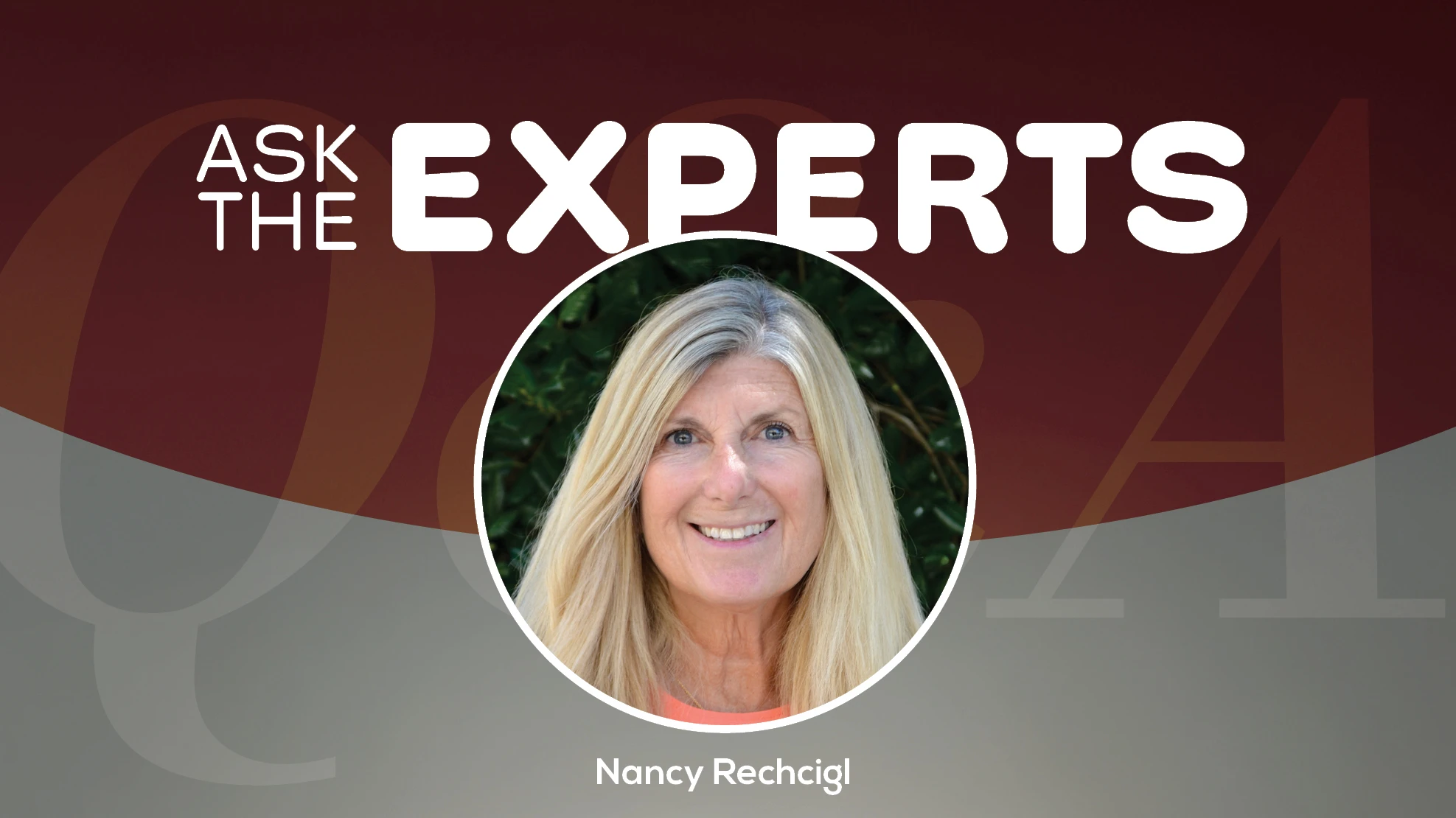

Greenhouse Management: How do you pick what varieties to grow as an independent breeder and grower?
Nick Shipley: Our market is from southern California all the way over to Central Texas, Las Vegas and New Mexico. That’s our primary market. Landscape architects have a lot of influence on the types of plants that we grow. Our primary business is growing for the landscape, so it’s really the architects who have most of the influence. I try to influence them by sticking to drought-hardy plants, plants that are great for pollinators and then plants that handle the extremes — the poor-draining soil, reflected heat, these extreme hot days up in the Phoenix Valley dunes.
The last three Junes, the Phoenix Valley has had a couple of days in the low 120° F range, which is quite extreme. I’m in Tucson, which is about nine miles south of Phoenix, and we’ve had a number of days in June in the last three years at 116° F. So I’m looking for plants that take those extremes and also handle the cold, because it only takes one night of cold weather to kill a plant or heavily damage a plant. A couple of days of a really hot and dry summer can also really do a lot of damage. In the southwest, we get a lot of rain during July and August. But three summers ago, we had what what’s called a non-soon, so we didn’t have the monsoon, which really played havoc on a lot of our landscape plants that weren’t well adapted.
GM: How do you stay on top of variety launches and trends so you don’t miss anything?
NS: We meet with a lot of architects. I look on social media. I follow Takao Nursery out of California. They do a great job and always have nice videos. And I follow J. Berry Nursery out of Texas. They always do a fantastic job. And I go to all the conferences. There are a couple local conferences in Arizona. I recently spoke at one called the Desert Horticulture Conference put on by the University of Arizona. I went to the Texas Landscape Architect Conference in Fort Worth, Texas. And then there’s the Southwest Horticulture Annual Day of Education (SHADE) Conference up in Phoenix, Arizona, put on by the Arizona Nursery Association. And then I always go to Cultivate in Ohio. So we definitely have a dialogue with these folks. They see what we’re doing, and I see what they’re doing.
GM: What trends are you keeping an eye out for? What are you seeing that you’re planning on capitalizing on?
NS: One big trend is pollinator-friendly landscape plants. So, in our area, being pollinator-friendly is big, but it needs to be extremely drought tolerant and able to take the extremes of the weather and to be highly adaptable.
I think if it can take the heat, the cold and the poor draining soil, and then be a great pollinator on top of that, you have a winner.
Get curated news on YOUR industry.
Enter your email to receive our newsletters.

Explore the June 2023 Issue
Check out more from this issue and find your next story to read.
Latest from Greenhouse Management
- pH Helpers
- Society of American Florists accepting entries for 2025 Marketer of the Year Contest
- Sustainabloom launches Wholesale Nickel Program to support floriculture sustainability
- American Horticultural Society welcomes five new board members
- Color Orchids acquires Floricultura Pacific, becoming largest orchid supplier in U.S.
- American Floral Endowment establishes Demaree Family Floriculture Advancement Fund
- The Growth Industry Episode 3: Across the Pond with Neville Stein
- 2025 State of Annuals: Petal power





